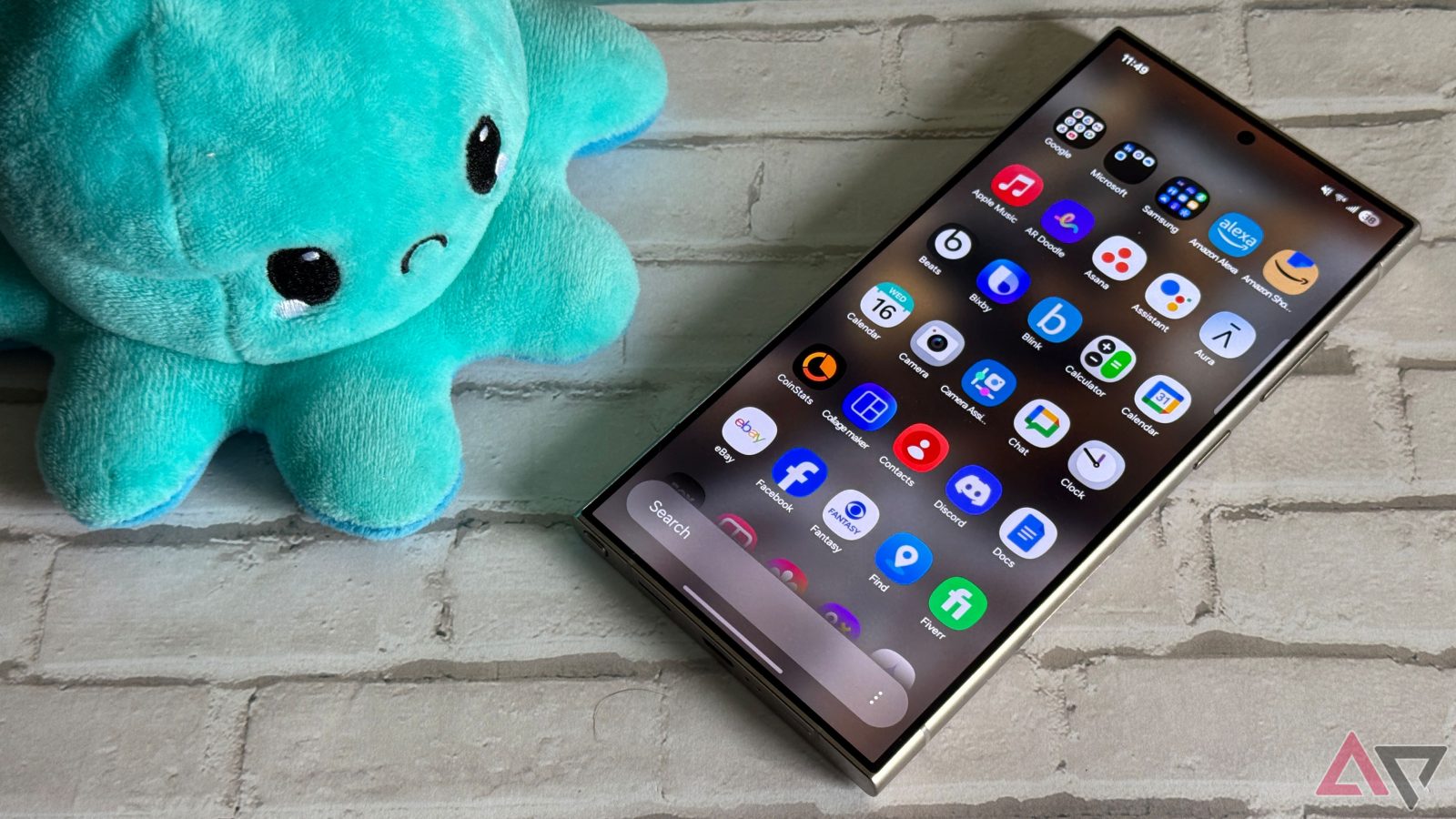
Contents
It wasn’t that long ago that Samsung’s software was in shambles. TouchWiz was a bloated disaster, often holding back Samsung’s excellent smartphone hardware. It used significant system resources, and I never really enjoyed the experience. I loved my Galaxy S7 hardware, but TouchWiz 6.0 lagged heavily, hampering the otherwise flagship experience.
Thankfully, Samsung reversed its fortunes. Despite a rocky start, One UI is widely regarded as the most reliable flavor of Android, and Samsung’s revamped update policy has further bolstered consumer confidence in the company’s software. I tout One UI as a buying point for Samsung’s phones, and it goes a long way in helping justify the company’s aggressive smartphone pricing. Unfortunately, One UI 7 is turning into a headache. While I’m willing to give the company the benefit of the doubt, my patience is wearing thin, and Samsung needs to be more transparent with what’s going on with One UI 7.

Related
TouchWiz wasn’t that long ago
How quickly we forget
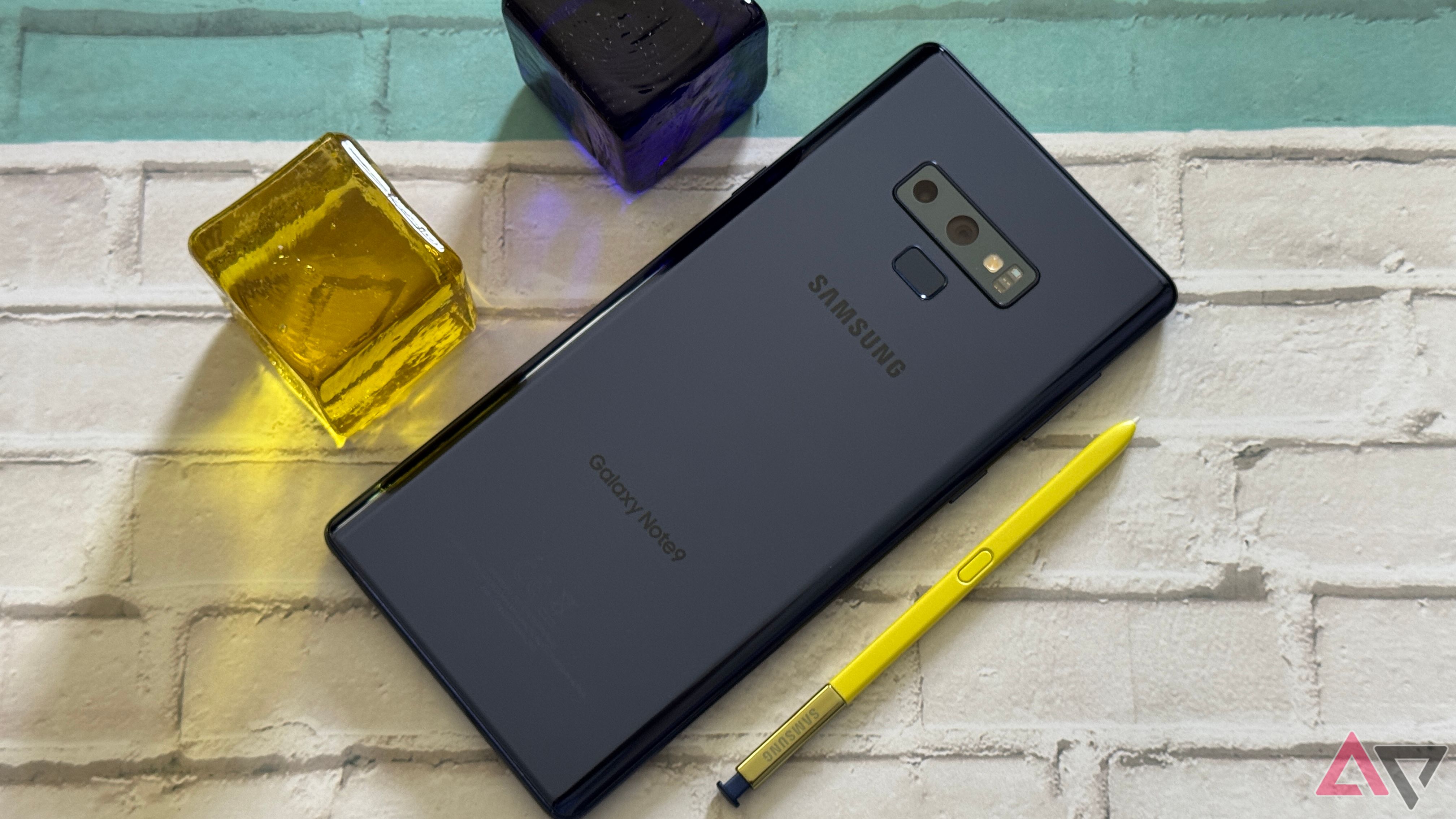
In internet time, 7 years feels like an eternity, but it wasn’t that long ago that Samsung’s software was a negative. TouchWiz felt overengineered, plagued by lag despite its colorful appearance. It was a throwback to the early days of Android, when manufacturers really wanted to put a stamp on their Android flavor. I don’t mind the concept, but the execution was poor. TouchWiz held back some of the best smartphones of the era, and Samsung couldn’t get out of its own way.
Samsung sold us on the promise of 7 years of One UI upgrade on the Galaxy S24 Ultra, but if those don’t appear with a full slate of functions in a timely fashion, what’s the point?
It also didn’t help that the company’s update policy was insufficient. Quarterly updates for $1,000 smartphones were comical, and Samsung gave Google a clear opening for consumers who wanted Android updates and new features more frequently. Even One UI 1.0 had issues, as Samsung’s new software hindered my otherwise excellent Galaxy Note 9 experience. Samsung desperately needed a fresh approach, and in the last seven years, it’s turned its software from a negative into a positive.
One UI comes into its own
Fantastic software and support

Even though my One UI 1.0 experience on my Galaxy Note 9 wasn’t fantastic, Samsung righted the ship by the Galaxy S10+ launch. One UI 1.1 and later 2.0 showed what the company was capable of. Samsung also moved to monthly updates, often beating Google in launching new security updates and features. Samsung’s software stability improved, and within a few years, the company became known for its stable and reliable software with frequent security patches. While Google broke people’s Wi-Fi and Bluetooth on the Pixel 6, Samsung released snappy and smooth software on its Galaxy S21 Ultra.
While TouchWiz often bogged down midrange and budget hardware, One UI scaled well, meaning you didn’t have to spend over $1,000 to enjoy Samsung’s software properly. My Galaxy A16, which costs $200, runs One UI 6 well, and that’s something I could never have said about TouchWiz from 10 years ago. I thought Samsung’s software would be a known quantity from here on out, but apparently, I was wrong.
One UI 7 delays
Samsung needs to communicate

Samsung built up plenty of goodwill over the last few years with its software, but it’s starting to eat through some of it. It was frustrating enough to hear rumors that the still-excellent Galaxy S24 Ultra wouldn’t receive a full slate of One UI 7 and Galaxy AI features, but then we had to endure numerous delays. New One UI versions typically launch in the fall, but we’re into the following spring, and most users who don’t use a Galaxy S25 series phone don’t have One UI 7.
The delays call into question the validity of extended software support. Samsung sold us on the promise of 7 years of One UI upgrade on the Galaxy S24 Ultra, but if those don’t appear with a full slate of functions in a timely fashion, what’s the point? I’m a reasonable person, and I’ve been around long enough in tech to know that things happen, but we’re getting beyond the acceptable realm of delays with One UI 7. Samsung’s silence surrounding the update doesn’t help. It’s hard to look at software that was released and then halted and not think there’s a more significant underlying issue. The last time this happened to a company, OnePlus was dealing with a disastrous OxygenOS 12 launch. It took OnePlus 3 years to recover, and it’s just back on track now with OxygenOS 15.
Let’s hope it’s not a return to darkness
I hope these issues with One UI 7 are a temporary blip on the radar and not a return to how things were for Samsung with TouchWiz. The company has come too far to have issues now, and I wish it would focus more on the reliable software experience it built and less on Galaxy AI functionality that hasn’t proven its worth. I still believe in Samsung but a little less than I used to.
What’s your reaction?
Love0
Sad0
Happy0
Sleepy0
Angry0
Dead0
Wink0


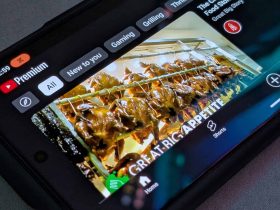
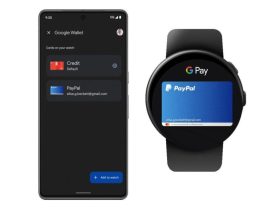


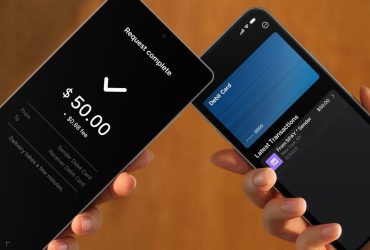
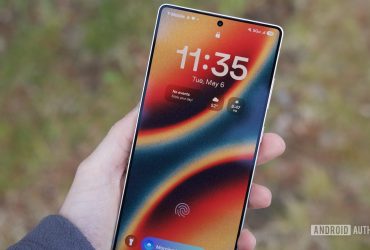

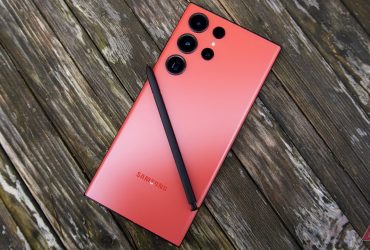
Leave a Reply
View Comments